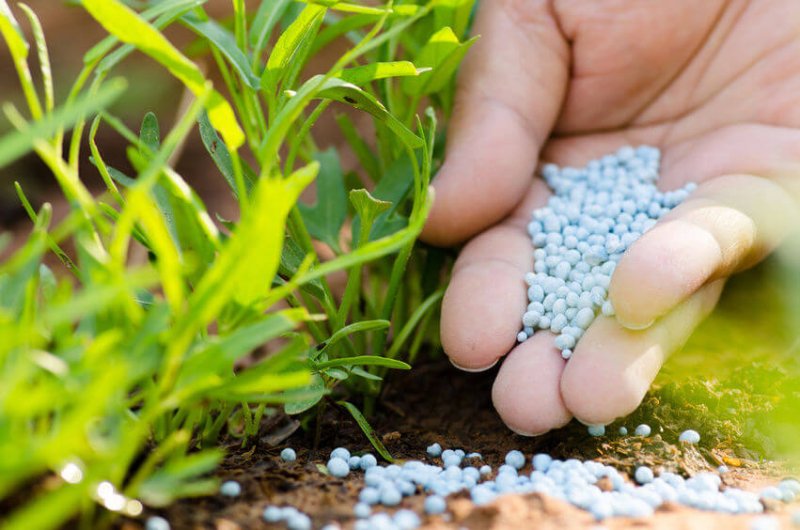The lessons of plant diversity and competition learned from a clover patch, which are featured in a special issue of the Journal of Ecology, can potentially unlock secrets on plant interactions around the globe.
…
A single gene, UDP-glucose flavonoid 3-O-glucosyltransferase, made the expedition worthwhile.
“It’s a very intriguing ‘fish,’ part of a very important signaling pathway,” [Maren] Friesen [Michigan State University plant biologist] said. “It’s also a flavonoid, which is involved in many plant interactions, including those involved with nitrogen fixing bacteria. The gene’s levels rise when the plants compete with other species of plants and decrease when surrounded by members of the same plants.”
It plays a key role in the relationship plants form with bacteria that fix nitrogen, grabbing the critical element from the air and soil and accumulating it in root nodules – essentially, fertilizing themselves. If scientists could identify the genes and mechanisms involved in this process, they could potentially find ways to reduce the amounts of manmade fertilizer used to grow crops.
“Past studies have focused on individual plants, but few have focused on plant competition and studying the entirety of all the genes being expressed, the transcriptomic response, during these interactions,” Friesen said. “Yet scientists and farmers are aware of these interactions; that’s reflected in knowing that it’s beneficial to rotate crops, in determining the distance between rows of plants and the proximity of growing crops near other plants.”
[Read the full study here (behind paywall)]
The GLP aggregated and excerpted this blog/article to reflect the diversity of news, opinion, and analysis. Read full, original post: More genes turned on when plants compete































